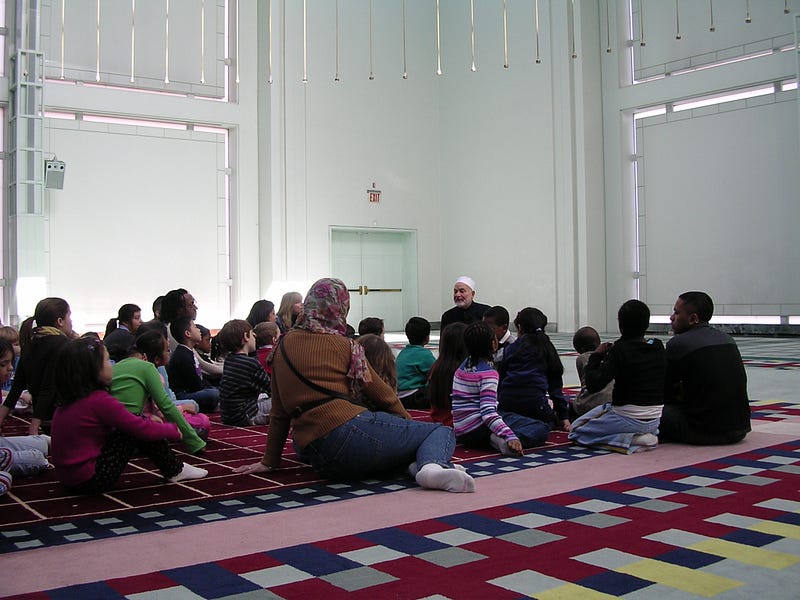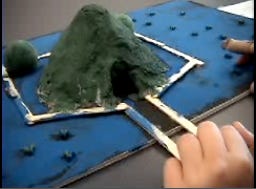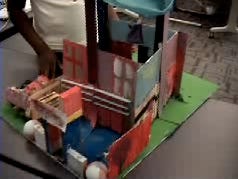Making Sacred Spaces: A Journey Through Reflection and Creation
Written on
Chapter 1: Reflecting on Sacredness
On my 60th birthday, I took a moment to ponder my life—what I’ve accomplished and what remains. This year marks my first journey through the cosmos without my mother to converse with, prompting me to dedicate the path ahead to something sacred.
As a human community, we often overlook discussions about the sacred. Interestingly, even children can grasp this concept easily. My background as an elementary art teacher allowed me to explore this idea further. Back in Spring 2004, I encouraged my students to design models of the sacred spaces that held meaning in their lives. I’ve always felt that children possess more potential than adults typically recognize, stemming from my own childhood experiences of being confined by others' expectations. Thus, I provided my students with the freedom to express their creativity.
Our “Museum of Sacred Spaces” was a temporary showcase of structures created by my second graders, formed during our yearlong exploration of “Me and My Community.” This included visits to local buildings designated for sacred purposes. In our art classroom, I guided the students to reflect on and articulate activities they considered sacred—an abstract notion we simplified to mean any endeavor worthy of a dedicated space.

Building on my architectural knowledge, I facilitated the construction of anything the students envisioned. We utilized materials available in our supply closet, primarily wood, cardboard, and paper—common components in model making. To kick off our discussions, I presented slideshows on our Smartboard showcasing how shapes, colors, and architectural elements could serve as symbols. Students then filled out worksheets to describe the purpose of their envisioned sacred structures, reinforcing our earlier discussions about symbolism in architecture.

I recorded videos of each student explaining the significance of their creations. For instance, Alexander designed a calming space for those having a rough day. His dome-shaped structure, perched above a tranquil lake, featured a single access bridge leading to a central opening. The triangular form symbolized resilience and the journey back to peace, while the green color represented life and renewal. The accompanying spheres hinted at the power of the number three, reminiscent of celestial bodies working in harmony. Throughout our interview, Alexander's connection to his creation was evident; he instinctively touched its various features, as if memorizing its attributes.

Nyasa's creation was a striking space for meditation and yoga, featuring a high translucent roof supported by columns. This design included rooms specifically for removing shoes, ensuring a clean environment for prayer. Nyasa’s work was a powerful statement of her right to explore her spirituality.

My students articulated their visions with clarity. John crafted a space for prayer and refuge for those in need. Mia envisioned a sanctuary for joy and comfort. Alex built a private retreat for play and solitude. Others contributed designs for relaxation, peace, and personal reflection. Each creation was a window into the individual’s needs and spiritual aspirations.

I wish to share a personal sacred space that I cherish. Many may not know that I have also been a Sunday school teacher for young teens. The mini-poster I crafted for a lesson back in 1994 symbolizes opportunities I’ve yet to pursue. Visual storytelling has always been my passion, and I hold within me countless images to share—each intended to inspire future storytellers. For me, storytelling is a sacred endeavor. As illustrated in my poster, I have developed a unique set of tools that I carry with me. Throughout these 60 years, unseen forces have supported my journey. In 2024, I commit to creating space for as many new stories as I can.
Chapter 2: Creating Sacred Spaces
In this video, Siamak Hariri explores the process of building a sacred space, emphasizing the importance of intentionality and design in creating environments that resonate with our spiritual needs.
This video offers practical tips for creating sacred spaces in our daily lives, highlighting how small changes can foster a deeper connection to the sacred.